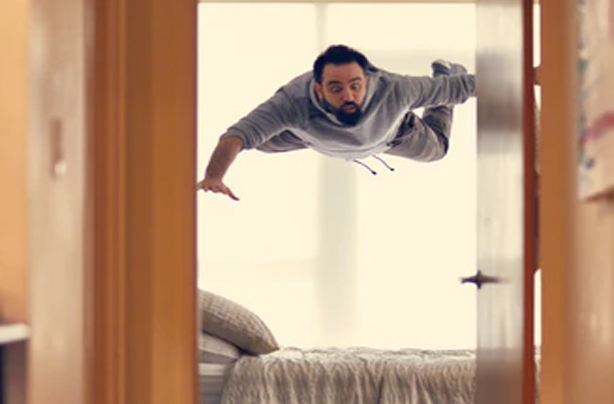This Is What Is Happening To Our Bodies When We Dream
Dreams or nightmares – we can’t avoid them. Most of the times when we close our eyes, we enter this mysterious world where the impossible becomes possible – where things happen for no reason and someone you are the hero and sometimes you are just a spectator. It’s so immersive that it feels like reality. But when we wake up, the problem with dreams is that we end up forgetting most parts of it. So, what is this thing called dreams? How does it affect our body and what is its purpose? Let science have a crack at this mystery!

The brain stem is the place where dreaming begins. It is the brain stem that brings your body from the active state to a state of sleep. Once you enter the REM or rapid eye movement stage, your muscles are relaxing and muscle movement is starting to cease. Every part of your body enters a stage of temporary paralysis. Only your eyes are in constant motion. This helps you to stay at rest and not act out your dream actions.
When your body is slowly shutting down, the nerve cells in your brain starts to fire up and become quite erratic. Many researchers believe that when the brain tries to interpret what these random signals are, it manifests itself as dreams. Plus, the center of knowledge and intelligence, that is, parts of the frontal cortex will be in hibernation during this phase.
So, reasoning, logic, and rationality will be shut off for the time being. So, without those key aspects, you will lose the sense of time and space. And without any logic, you can’t understand the inexplicable world where you discover yourself in a dream. That’s why you are able to breathe underwater or fly.
Dreams also activate the hippocampus of the brain which is the part which stores your memory. It activates the amygdala which is responsible for the manifestation of emotions and feelings. Thus, with your memory and senses activated, your dream becomes almost too real to call it a dream. It can scare you or make you delighted.
When you are in the dream state, the visual cortex of your brain will also come to life. It is this part where image processing takes place. So, while your eyes are closed and non-functional, you can actually ‘see’ your dreams.
Dreaming generally occurs when you are in your REM sleep. But, people may have non-REM dreams too. These are generally quite different and are more plausible than the dream worlds in REM sleep.
It is estimated that most people have 1-2 hours of REM sleep each night, but they fail to recollect their dreams after they awake. This is something experts fail to understand. Scientists claim that it could be because of a coping mechanism since, if you recollect your dreams, you will find it difficult to distinguish it from real memories.

However, scientists have failed to pinpoint why people actually dream a certain way. It might be a manifestation of different emotions but some experts say dreams are too random for that to happen. It’s also possible that your dreams can help you through complex phases of your life. Some say that dreams help to cement memories in our minds. Others say that it might be preparing us for entering into the world of reality again after sleep.
Nonetheless, it is clear that dreams are one of the deepest and unsolved mysteries of the human brain. But it is necessary for some reason, whether we like it or not. So, let’s hope for good dreams!
